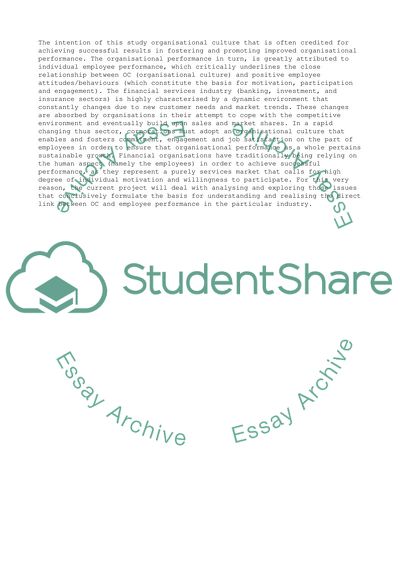Cite this document
(“The Impact of Organisational Culture on Employee Performance: Evidence Essay”, n.d.)
The Impact of Organisational Culture on Employee Performance: Evidence Essay. Retrieved from https://studentshare.org/business/1549939-the-impact-of-organisational-culture-on-employee-performance-evidence-from-the-financial-services-sector
The Impact of Organisational Culture on Employee Performance: Evidence Essay. Retrieved from https://studentshare.org/business/1549939-the-impact-of-organisational-culture-on-employee-performance-evidence-from-the-financial-services-sector
(The Impact of Organisational Culture on Employee Performance: Evidence Essay)
The Impact of Organisational Culture on Employee Performance: Evidence Essay. https://studentshare.org/business/1549939-the-impact-of-organisational-culture-on-employee-performance-evidence-from-the-financial-services-sector.
The Impact of Organisational Culture on Employee Performance: Evidence Essay. https://studentshare.org/business/1549939-the-impact-of-organisational-culture-on-employee-performance-evidence-from-the-financial-services-sector.
“The Impact of Organisational Culture on Employee Performance: Evidence Essay”, n.d. https://studentshare.org/business/1549939-the-impact-of-organisational-culture-on-employee-performance-evidence-from-the-financial-services-sector.


